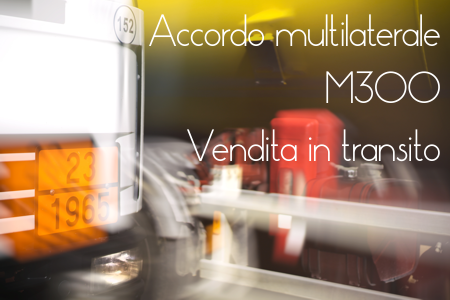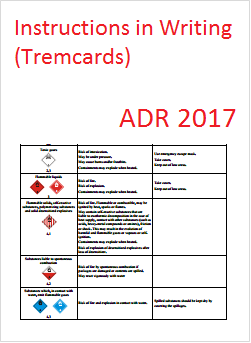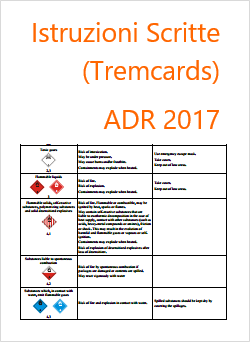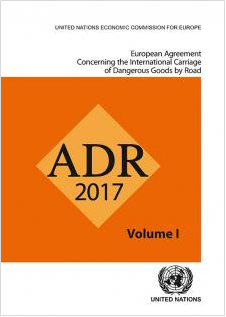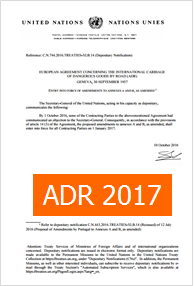Safety ADR: Update 1.0.3 del 29 Maggio 2017
Changelog:
– Aggiunte istruzioni scritte secondo l’ADR in 20 lingue (Francese, Russo, Danese Lettone, Norvegese, Svedese, Tedesco, Ungherese, Romeno, Portoghese, Ceco, Spagnolo, Turco, Sloveno, Slovacco, Estone, Olandese, Polacco, Finlandese, Lituano)
– Aggiunti documenti UNECE ADR 2017 in 3 lingue (inglese; francese; russo)
– Glitch grafico nella vista della singola materia, righe di etichetta
– Report materia e Tremcards disponibili nei dettagli della materia selezionata
– Fix minori
– Icona Safety ADR nella Home
– Rimozione del grassetto dalle tabelle
Info App:
Prezzo: gratuito
Acquisto database ADR 2017: € 23,99 (Acquisto in app)
Categoria: Riferimento
Pubblicato: 29/05/2017
Versione: 1.0.3
Dimensioni: 58.7 MB
Lingue: Italiano, Inglese
Sviluppatore: Certifico s.r.l.
© 2000-2017 Certifico S.r.l.
Per tutti i dettagli :



